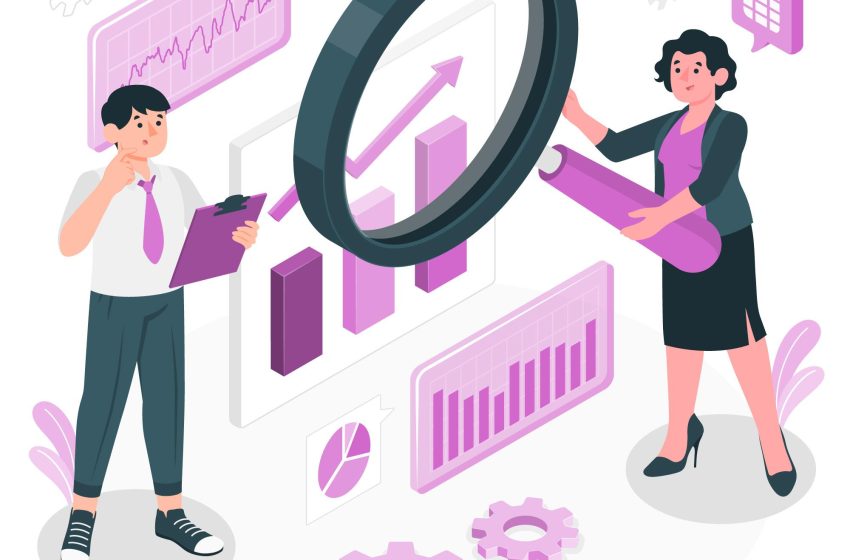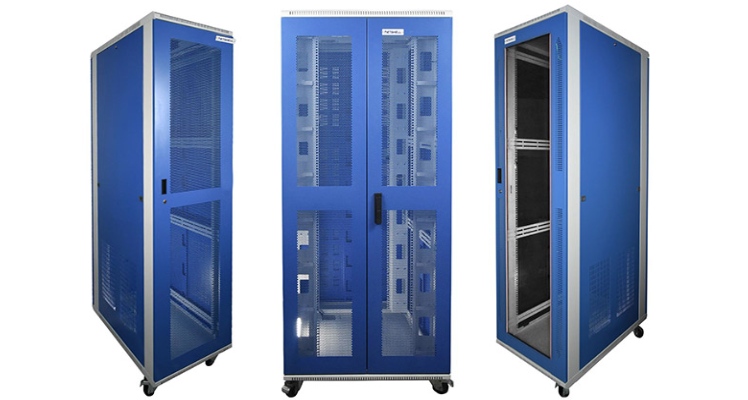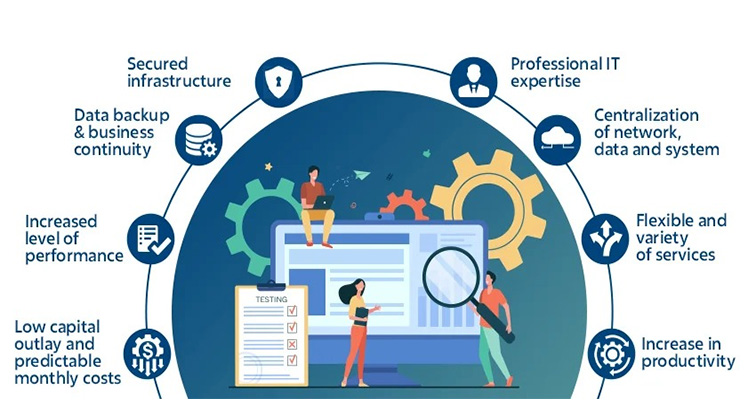The Role of Continuous Monitoring in Compliance and Risk Management

In today’s rapidly evolving digital landscape, businesses face an increasing number of regulatory requirements and security threats. To navigate this complex environment, organizations must adopt robust compliance and risk management strategies. Continuous monitoring plays a pivotal role in these strategies by providing real-time insights into system performance, security vulnerabilities, and compliance status. This article explores the critical role of continuous monitoring in compliance and risk management, detailing its benefits, implementation strategies, and best practices.
Understanding Continuous Monitoring
Continuous monitoring involves the real-time collection, analysis, and reporting of data from an organization’s IT infrastructure. Unlike traditional periodic audits, continuous monitoring provides an ongoing assessment of system performance, security posture, and compliance with regulatory standards. This proactive approach enables organizations to identify and address issues before they escalate into significant problems.
The Importance of Continuous Monitoring in Compliance
Compliance refers to adhering to laws, regulations, and industry standards that govern an organization’s operations. Continuous monitoring is essential for maintaining compliance for several reasons:
1. Real-Time Compliance Verification
Continuous monitoring tools can automatically check compliance status against regulatory requirements. This real-time verification ensures that any deviations from compliance are immediately detected and addressed.
2. Reduced Risk of Non-Compliance Penalties
Regulatory bodies impose stringent penalties for non-compliance, including fines, sanctions, and reputational damage. By continuously monitoring compliance, organizations can reduce the risk of these penalties and demonstrate a commitment to regulatory adherence.
3. Streamlined Audit Processes
Continuous monitoring simplifies audit processes by providing comprehensive and up-to-date records of compliance status. Auditors can easily access the necessary data, reducing the time and effort required for compliance assessments.
4. Improved Accountability and Transparency
Continuous monitoring promotes accountability by providing transparent insights into compliance activities. Stakeholders can track compliance efforts and ensure that regulatory requirements are being met consistently.
The Role of Continuous Monitoring in Risk Management
Risk management involves identifying, assessing, and mitigating risks that could negatively impact an organization’s operations. Continuous monitoring enhances risk management in the following ways:
Early Detection of Security Threats
Continuous monitoring tools can detect unusual activities and potential security threats in real-time. Early detection allows organizations to respond swiftly to mitigate risks and prevent breaches.
Comprehensive Risk Assessment
By continuously analyzing system performance and security posture, organizations can conduct more accurate and comprehensive risk assessments. Continuous monitoring provides a holistic view of the IT environment, identifying vulnerabilities and areas of improvement.
Proactive Incident Response
Continuous monitoring enables proactive incident response by providing real-time alerts and automated responses to potential threats. This reduces the time between threat detection and mitigation, minimizing the impact of security incidents.
Enhanced Resilience and Business Continuity
By continuously monitoring critical systems and infrastructure, organizations can ensure their resilience and maintain business continuity. Continuous monitoring helps identify and address potential disruptions before they affect operations.
Implementing Continuous Monitoring for Compliance and Risk Management
Implementing continuous monitoring requires a strategic approach that includes selecting the right tools, defining monitoring parameters, and establishing processes for data analysis and response.
Here are key steps for effective implementation:
Identify Monitoring Objectives
Clearly define the objectives of continuous monitoring in the context of compliance and risk management. Objectives may include ensuring regulatory compliance, detecting security threats, and maintaining system performance.
Select Appropriate Monitoring Tools
Choose monitoring tools that align with your objectives and can integrate seamlessly with your existing IT infrastructure. Consider tools that offer real-time data collection, automated alerts, and comprehensive reporting capabilities.
Define Monitoring Parameters
Establish specific parameters for continuous monitoring, such as key performance indicators (KPIs), compliance requirements, and security metrics. Ensure that these parameters align with your compliance and risk management goals.
Implement Data Collection and Analysis
Set up continuous data collection from relevant sources, such as servers, network devices, and security systems. Implement automated analysis to identify anomalies and deviations from defined parameters.
Establish Response Protocols
Develop protocols for responding to alerts and incidents identified through continuous monitoring. Define roles and responsibilities for incident response and ensure that the response process is documented and communicated to all stakeholders.
Continuous Improvement and Adaptation
Continuous monitoring is an ongoing process that requires regular review and adaptation. Periodically assess the effectiveness of your monitoring efforts and make necessary adjustments to improve performance and address emerging risks.
Best Practices for Continuous Monitoring
To maximize the benefits of continuous monitoring in compliance and risk management, organizations should adopt best practices:
1. Integrate Monitoring with Existing Systems
Ensure that continuous monitoring tools integrate with your existing IT systems and processes. Integration facilitates seamless data collection and analysis, providing a comprehensive view of your IT environment.
2. Automate Where Possible
Leverage automation to enhance the efficiency and accuracy of continuous monitoring. Automated alerts, responses, and reporting reduce the reliance on manual processes and ensure timely action.
3. Focus on High-Risk Areas
Prioritize continuous monitoring efforts on high-risk areas, such as critical systems and sensitive data. Focusing on these areas ensures that potential threats are identified and mitigated promptly.
4. Regularly Update Monitoring Parameters
Regularly review and update monitoring parameters to reflect changes in regulatory requirements, business operations, and the threat landscape. Staying up-to-date ensures that your monitoring efforts remain relevant and effective.
5. Train and Educate Staff
Provide training and education to staff on the importance of continuous monitoring and their role in the process. Ensure that team members understand how to interpret monitoring data and respond to alerts.
Collaborate with Stakeholders
Collaborate with key stakeholders, including compliance officers, security teams, and business leaders, to ensure a unified approach to continuous monitoring. Regular communication and collaboration enhance the effectiveness of your monitoring efforts.
Conclusion
Continuous monitoring plays a vital role in both compliance and risk management by providing real-time insights into system performance, security posture, and regulatory adherence. By implementing continuous monitoring, organizations can proactively detect and address issues, reduce the risk of non-compliance penalties, and enhance their overall resilience. To achieve these benefits, organizations must adopt a strategic approach, select appropriate tools, and follow best practices. In a world where regulatory requirements and security threats are constantly evolving, continuous monitoring is an indispensable component of effective compliance and risk management strategies.




